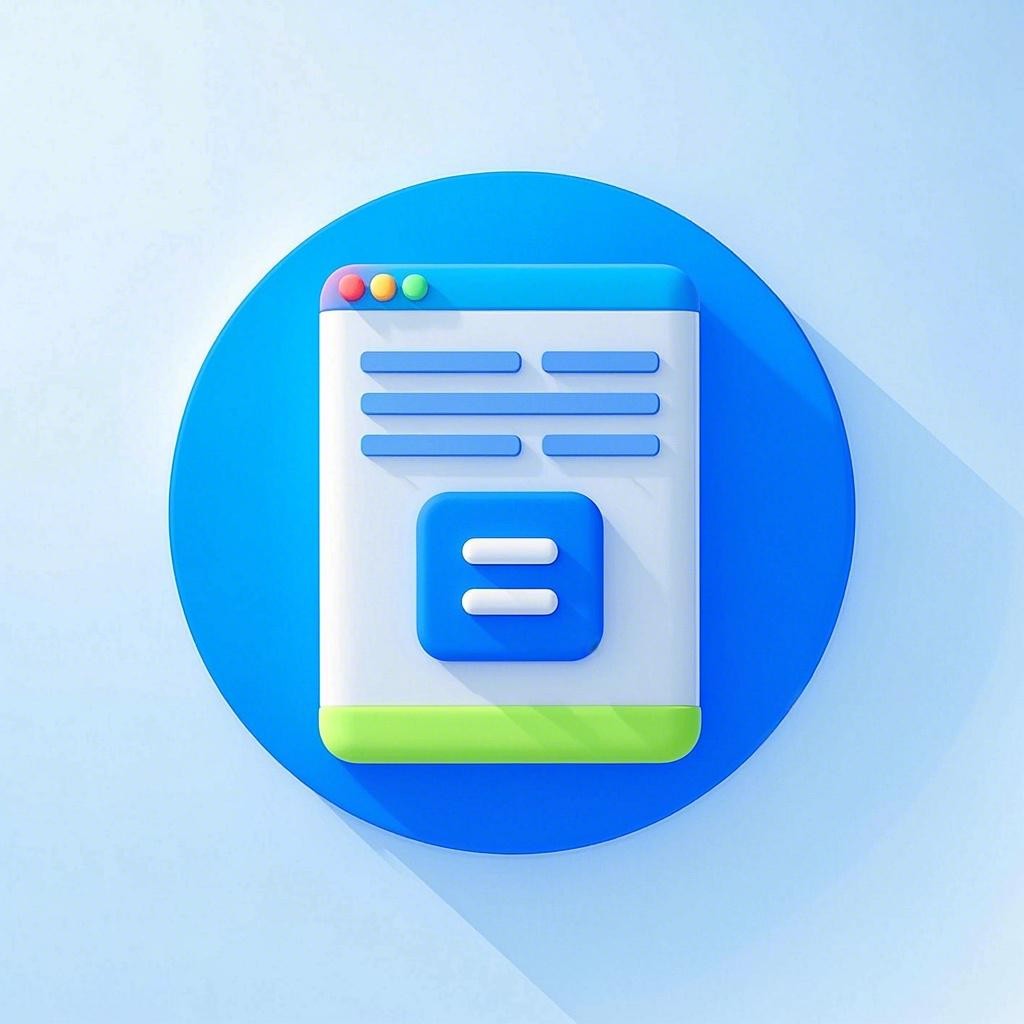Android应用开发中,布局是构建用户界面的核心。一个高效的布局系统能够提升开发效率,优化用户体验。本文将深入探讨Android布局的各种方法,帮助开发者掌握高效前端布局之道。
一、Android布局概述
Android布局主要基于XML文件定义,通过定义布局的层次结构和组件属性来实现界面设计。Android提供了多种布局方式,包括:
- LinearLayout:线性布局,按行或列排列子组件。
- RelativeLayout:相对布局,通过相对位置关系定位组件。
- FrameLayout:框架布局,用于重叠组件。
- AbsoluteLayout:绝对布局,通过坐标定位组件(已过时)。
- TableLayout:表格布局,类似于HTML表格。
二、线性布局(LinearLayout)
线性布局是最基础的布局方式,允许组件按行或列排列。它支持权重(weight)属性,实现动态布局。
线性布局示例:
<LinearLayout xmlns:android="http://schemas.android.com/apk/res/android"
android:layout_width="match_parent"
android:layout_height="wrap_content"
android:orientation="vertical">
<TextView
android:id="@+id/textView1"
android:layout_width="wrap_content"
android:layout_height="wrap_content"
android:text="Hello, World!" />
<Button
android:id="@+id/button1"
android:layout_width="wrap_content"
android:layout_height="wrap_content"
android:text="Click Me!" />
</LinearLayout>
三、相对布局(RelativeLayout)
相对布局允许组件相对于其他组件或父布局定位。它支持多种定位属性,如android:layout_above、android:layout_below、android:layout_toLeftOf等。
相对布局示例:
<RelativeLayout xmlns:android="http://schemas.android.com/apk/res/android"
android:layout_width="match_parent"
android:layout_height="match_parent">
<TextView
android:id="@+id/textView1"
android:layout_width="wrap_content"
android:layout_height="wrap_content"
android:text="Hello, World!"
android:layout_centerInParent="true" />
<Button
android:id="@+id/button1"
android:layout_width="wrap_content"
android:layout_height="wrap_content"
android:text="Click Me!"
android:layout_below="@id/textView1"
android:layout_centerHorizontal="true" />
</RelativeLayout>
四、框架布局(FrameLayout)
框架布局用于重叠组件。所有组件都被放置在最左上角,后面的组件会覆盖前面的组件。
框架布局示例:
<FrameLayout xmlns:android="http://schemas.android.com/apk/res/android"
android:layout_width="match_parent"
android:layout_height="match_parent">
<ImageView
android:id="@+id/imageView1"
android:layout_width="wrap_content"
android:layout_height="wrap_content"
android:src="@drawable/ic_launcher" />
<Button
android:id="@+id/button1"
android:layout_width="wrap_content"
android:layout_height="wrap_content"
android:text="Click Me!"
android:layout_gravity="bottom|center_horizontal" />
</FrameLayout>
五、表格布局(TableLayout)
表格布局类似于HTML表格,由行(TableRow)和列组成。每个子视图被分配到一个单元格中。
表格布局示例:
<TableLayout xmlns:android="http://schemas.android.com/apk/res/android"
android:layout_width="match_parent"
android:layout_height="match_parent">
<TableRow>
<TextView
android:id="@+id/textView1"
android:layout_width="wrap_content"
android:layout_height="wrap_content"
android:text="Column 1" />
<TextView
android:id="@+id/textView2"
android:layout_width="wrap_content"
android:layout_height="wrap_content"
android:text="Column 2" />
</TableRow>
<TableRow>
<TextView
android:id="@+id/textView3"
android:layout_width="wrap_content"
android:layout_height="wrap_content"
android:text="Row 2, Column 1" />
<TextView
android:id="@+id/textView4"
android:layout_width="wrap_content"
android:layout_height="wrap_content"
android:text="Row 2, Column 2" />
</TableRow>
</TableLayout>
六、总结
掌握Android布局方法对于开发者来说至关重要。通过本文的介绍,开发者可以更好地理解Android布局的原理和用法,从而实现高效的前端布局。在实际开发过程中,根据需求选择合适的布局方式,可以使应用界面更加美观、易用。
